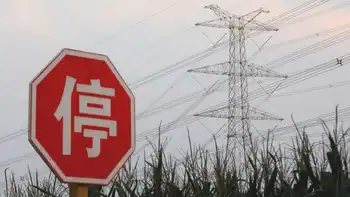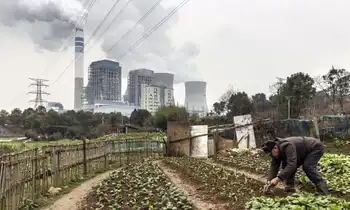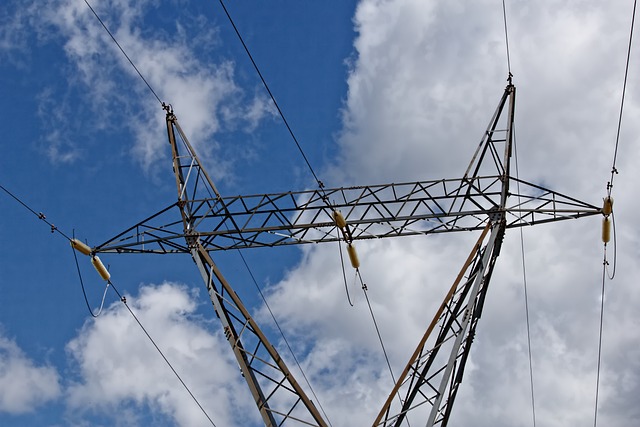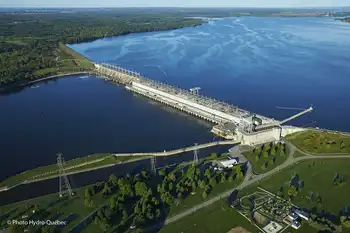Planners downplay new power line for Toronto
By Toronto Star
Protective Relay Training - Basic
Our customized live online or in‑person group training can be delivered to your staff at your location.
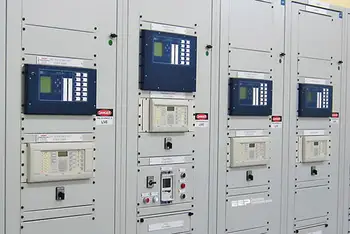
- Live Online
- 12 hours Instructor-led
- Group Training Available
For years, planners said it wasn't enough to supply the city core. If one wire went down, the other would have trouble supplying enough power to keep the central city's lights on.
Worse, the city itself was split into an eastern and western zone with almost no connection between them. If one wire failed, power from the other couldn't move across the city to back it up.
A third wire was essential, the planners said – and they mapped out a route for a new line running down the Don Valley, along Pape Ave. and into the Portlands.
The July blackout further underlined the city's power vulnerability. But electricity planners now insist that no third line is needed.
"We're not really contemplating it any more," says Ben Chin, vice president of the OPA. "It's not in the works."
Chin points to two major projects that have lessened the need for a third line. The gas-fired Portlands Energy Centre gives Toronto a significant local source of power, Chin notes. Although Portlands by itself, at 550 megawatts, can supply only a fraction of Toronto's peak demand of up to 5,000 megawatts.
Bolstering the new supply, Hydro One has installed a high capacity power line, burrowing under Front St., that connects the eastern and western halves of the city. If lines go down in one neighbourhood, power can now flow more freely across the city to back it up.
Conservation programs now getting under way should also reduce the need for a third line, Chin says.
The Independent Electricity System Operator, a provincial agency that runs the wholesale electricity market, cautiously agrees.
"We're not seeing the same sort of pressure we saw a couple of years ago," says vice president Terry Young.
But the IESO's latest assessment of reliability hedges its bets on Toronto, carefully outlining some specific conditions that must be met to ensure a reliable supply for Toronto, should the third line not be built.
And the Toronto Board of Trade is apprehensive about the decision to walk away from the third line. Chief executive Carol Wilding said the city is likely to see more outages in the future.
"With aging infrastructure and rising demand, Toronto stands to experience more incidents like the blackout of July 5," Wilding said in an e-mail.
"More frequent and lengthy power outages would damage the Toronto region's reputation as a place to invest, and drive businesses to consider locating in other jurisdictions. The development of a third transmission line ensuring reliable electricity supply to Toronto is a necessary component of the city's future economic growth."
Blair Peberdy, vice president of Toronto Hydro, shares some of Wilding's concerns. "There needs to be a more secure supply in Toronto," says Peberdy.
But city councillors asked Toronto Hydro to come up with other plans after seeing strong local opposition to the proposed high-voltage line along Pape Ave.
The utility responded to the request from its sole shareholder by proposing its "500-500" plan. It wants to slice the city's demand for power by 500 megawatts – about 10 per cent – while building 500 megawatts of generating capacity within the city.
The Ontario Clean Air Alliance has said 300 megawatts could come from small scale "combined heat and power" plants: small natural gas plants, with the heat exhausted by the turbines being captured and used to heat nearby buildings, or supply industries with steam.
Hospitals, schools, shopping malls and condominiums could host the plants, it suggests.
Toronto Hydro had hoped to build a wind farm off the Scarborough Bluffs, but that has run into turbulence: The province has proposed banning near-shore wind developments across the province.
While conservation and generation are Toronto Hydro's first priority, the utility won't categorically reject the need for a third line.
"Should that not be sufficient, then other options would have to be explored," Peberdy said.





